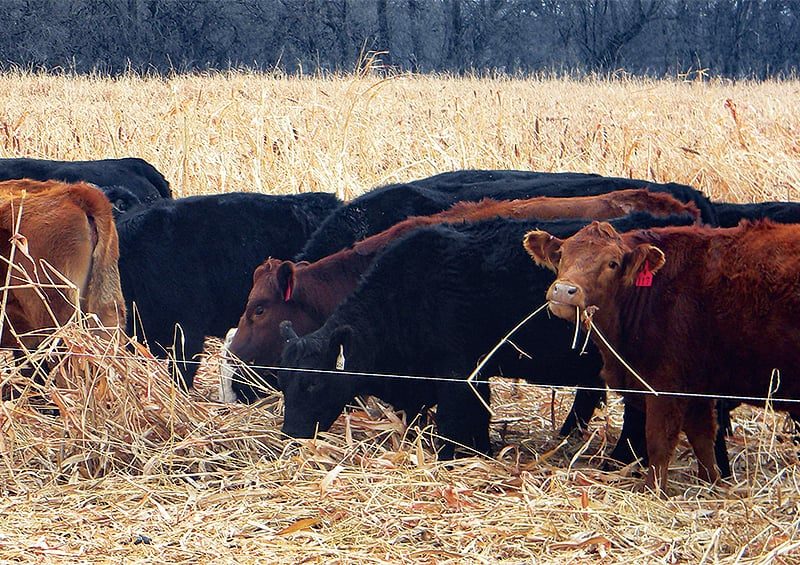No-Till Farmer
Get full access NOW to the most comprehensive, powerful and easy-to-use online resource for no-tillage practices. Just one good idea will pay for your subscription hundreds of times over.

GRAZING PROVES PROFITABLE. Gail Fuller got rid of his cattle when he started no-tilling because he had been told they were bad for the soil. But when he brought them back on, he found that grazing them off of cover crops was more profitable than his cash crops.
Gail Fuller has always been driven by erosion.
He decided to give no-till a try not long after he began farming full-time in the 1980s, because he hated seeing soil leave his farm in Emporia, Kan., where slopes range from 1-5%.
“But I failed pretty miserably,” he says.
It would be another decade before Fuller attempted no-till again, but the second time around he was adamant about making it work. And he did. With 2,000-2,500 acres at the time, he transitioned it all to no-till within a year.
“I was a little more headstrong about not letting it fail, which probably led me to ask more questions and accept help in the second go-around because I wanted it to succeed so badly,” he says.
He also believes planting technologies played a big part, and he switched from John Deere planters to White around that time.
While he was able to succeed with no-till the second time, he soon realized it wasn’t enough — Fuller was still seeing erosion on his farm, and without tillage, it was even more obvious.
“Sadly the real downside of…